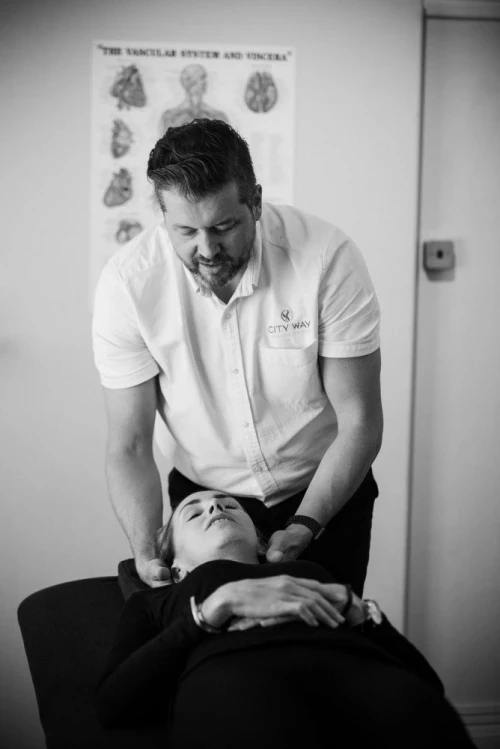Whiplash is a condition where the tissues beyond the neck muscles are bruised and often become inflamed due to the damage done in whatever type of trauma has occurred.
What are the common symptoms?
Symptoms may not show up until a day or so after the trauma and can include the following (A diagnosis from a GP, Osteopath will confirm if it is whiplash or not)
- Headache
- Sore shoulders
- Sore arms in some cases
- Stiff neck
- Neck pain
- Irritability
- Difficulty remembering
Symptoms can last anywhere up to a couple of days, and some say they deal with the symptoms for weeks or months at a time.
What can you do to help with Whiplash?
The most important thing to do is speak to your GP or Osteopath about your diagnosis and treatment before you look to do anything. However generally the following can help:
- Sleeping
Sleeping can add extra unwanted pressure on the neck which may result in additional pain or stiffness - so it’s therefore important to ensure your pillow is the right height and your sleeping position supports your neck in the right way.
- Heat or cold.
Applying heat or cold to the neck for 15 minutes every three hours can help. PLEASE NOTE - if using ice always use a towel to avoid applying ice directly to your skin
- Working
If you are working for prolonged periods of time at a desk then it’s important to ensure you keep your neck as straight as possible but still relax as much as you can. Ensure you take frequent breaks to avoid stiffness and check your seated posture. Check that your workstation (Including your chair, desk, laptop height and position etc) support your posture
- Exercise
If you are able to exercise (check this with your GP or Osteopath) then it’s important to avoid adding any unwanted strain to your neck, especially when doing core, arm or back exercises. It’s important to therefore ensure you are doing any exercises correctly including the right technique and focus on your breathing. If you feel any additional pain whilst exercising then stop immediately.
- Stretching
Although the pain maybe concentrated in your neck, the spine is also affected so it’s vital to not put any extra pressure on the spine.
Most people are afraid to move the neck for fear of it hurting or making things worse, but in actual fact not moving it enough during the time of healing can cause more pain.
Example stretches may include the chin tuck, seated side bending and seated rotation – but it’s important to check with your GP or Osteopath which stretches you can perform to help the neck
For any help or advice then please just contact us directly.

